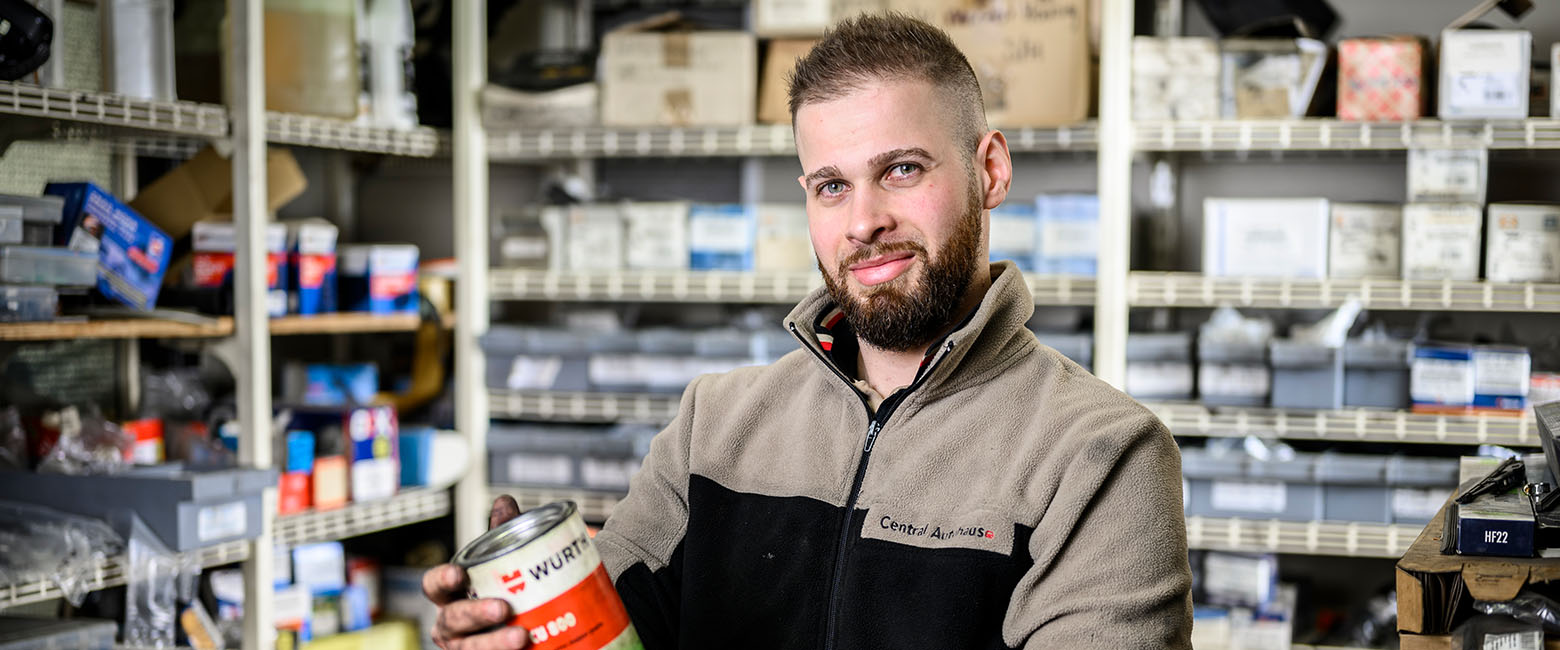Sustainability has been a buzzword in business for decades but it’s never really taken hold in the automotive aftermarket. Until now, perhaps?
In their Making Every Part Count report of 2021, analysts at McKinsey set out three key ways they believe the aftermarket is about to be changed forever, thanks to the global focus on sustainable practices brought about by the need to tackle climate change.
“Sustainability can be expected to become a defining dimension of the aftermarket,” McKinsey’s experts said.
So, what’s their logic?
The changing car parc and its composition
McKinsey’s analysts argue that as the global car parc is bound to become larger and older, “the revenue opportunity in the area of sustainability-related aftermarket products and services will increase significantly”.
Regulation by governments
McKinsey expects that governments, driven by the need to meet increasingly ambitious emissions targets, “will soon move to enacting and enforcing new aftermarket-related sustainability regulations”.
“These regulations could include mandates such as remanufacturing or green workshops and slapping companies that do not comply with steep fines.”
Changing customer preferences
Sustainability is playing an increasing role in the purchasing decisions made by consumers and those consumers are becoming an increasingly bigger part of the aftermarket’s customer segment, McKinsey says.
“With more buying power in the hands of this group, aftermarket players will need to re-evaluate their strategies to meet these customers’ preferences.”
McKinsey’s five core fields of sustainability
What does all that look like in practice? McKinsey’s analysts have identified five key fields of sustainability they say aftermarket decision-makers may want to consider.
- Green parts. Source sustainable materials (e.g., building on Li-ion battery recycling programs with recycling rates up to 97%)
- Reduce carbon dioxide emissions, energy use and natural resource consumption (e.g., by giving parts numerous lives)
- Green logistics. Improve efficiency in distribution (e.g., reduce current rates of six to eight workshop deliveries per day)
- Green workshops. Qualify garages to employ new and sustainable technologies (e.g., over-the-air updates for eliminating recalls or providing the latest powertrain recalibrations)
- Analytics and technologies. Leverage analytics and increase maintenance effectiveness (e.g., by forecasting vehicle failures using digital twins and machine learning).
Change in the automotive aftermarket
Electric vehicles, and all that comes with them, represent a major shake-up of the entire automotive aftermarket. It’s a fundamental shift, a revolution. But EVs aren’t the only way our industry is getting, or can get, cleaner and greener.
Whether you like EVs or not and believe in climate change or not, there are good reasons for everyone in the aftermarket to start looking more closely at the decisions we’re making—where we’re sourcing parts from and whether we can do something more efficiently and with fewer resources—and finding more environmentally responsible alternatives.
If it’s what our customers want, then there’s an advantage to our businesses to do it. If it happens to make us more efficient, that’s even better still. If it’s good for the planet, too, then so much the better. Focusing on sustainability is a win-win. That’s something we can all get behind.


